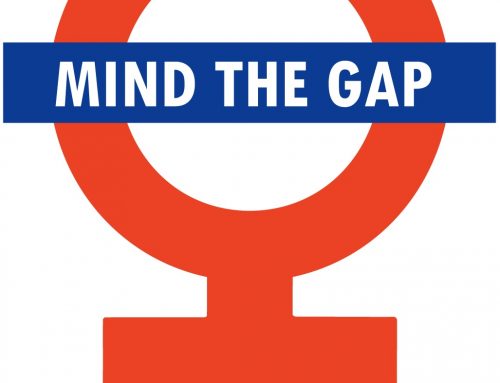 Parental leave has been in the news, with companies announcing new, more generous policies, and Presidential candidate Donald Trump revealing his proposed plan for new mothers. Is the US taking steps to catch up to the rest of the developed world with regards to parental leave?
Parental leave has been in the news, with companies announcing new, more generous policies, and Presidential candidate Donald Trump revealing his proposed plan for new mothers. Is the US taking steps to catch up to the rest of the developed world with regards to parental leave?
Netflix’s new leave policy generated headlines in August and understandably so: parents will be entitled to one year of paid leave following the birth or adoption of a child. Considering that many companies in the US simply adhere to the Family Medical Leave Act of 12 weeks of unpaid time, the implications from this shift could be enormous. Indeed, following the Netflix announcement, Microsoft changed their policy, offering 20 weeks of paid leave, up from 12 weeks. The technology sector is known for their generous and attractive benefits, given the smaller, skilled talent pool.
Still, professional services are also making changes. This year, both Ernst & Young and Deloitte expanded their paid parental leave policies to 16 weeks. These announcements are encouraging, not only because individual firms are making these changes, but also that their competitors quickly follow suit. In addition, the policies include fathers, not just mothers, a key factor that may help keep women in the workforce as well as possibly close the wage gap.
Presidential candidate Donald Trump announced his maternity leave plan in September. He proposes six weeks of paid leave for birth and adoptive mothers only. In 2015, Hilary Clinton proposed 12 weeks of paid leave for both parents. Mercer’s Global Parental Leave 2016 survey shows that 67% of companies surveyed offered parental leave, which can be broadly defined to include leave for both parents for varying lengths of time. For example, firms offering two weeks of paternity leave can still fall under that 67% statistic, which appears paltry compared to the same company’s maternity leave policy. The survey attributes the gap between maternity and paternity leave to government legislation. It appears that culture really is established at the top.
These are positive developments, particularly in light of recent news from Canada. Statistics Canada released a report detailing a widening gap between working women in the US and Canada. In 2015, US women in the labor market declined to 74%, while Canadian women in the workforce increased to 81%. US numbers have been declining slowly, while Canadian numbers are rising steadily. Participation rates among Canadian women with young children were 8% higher than US women in the same demographic, giving credence to the theory that better paid leave policies can encourage women to remain in the workforce. Canada gives parents up to one year of paid leave.
2017 will be a year to watch as the new President takes office. The current candidates have two very different policy proposals affecting mothers and fathers alike. It remains to be seen if current trends continue in the private sector.





